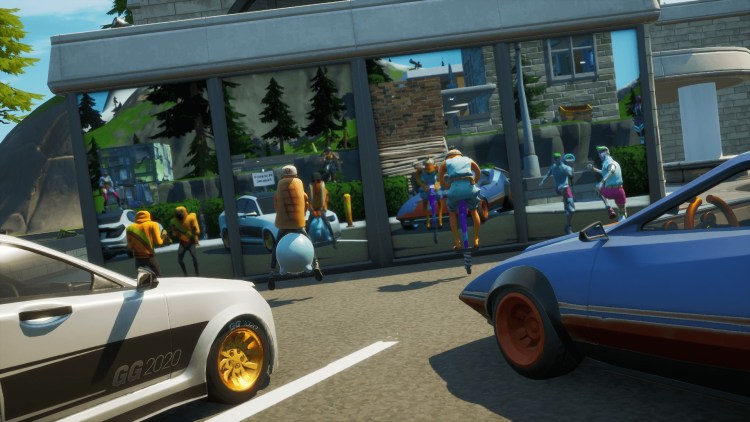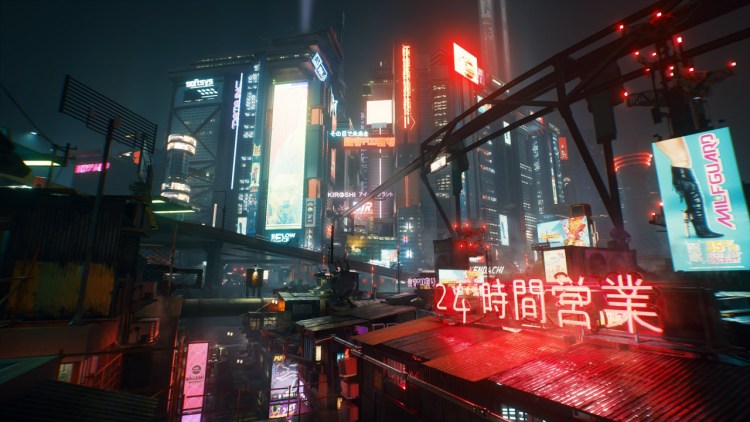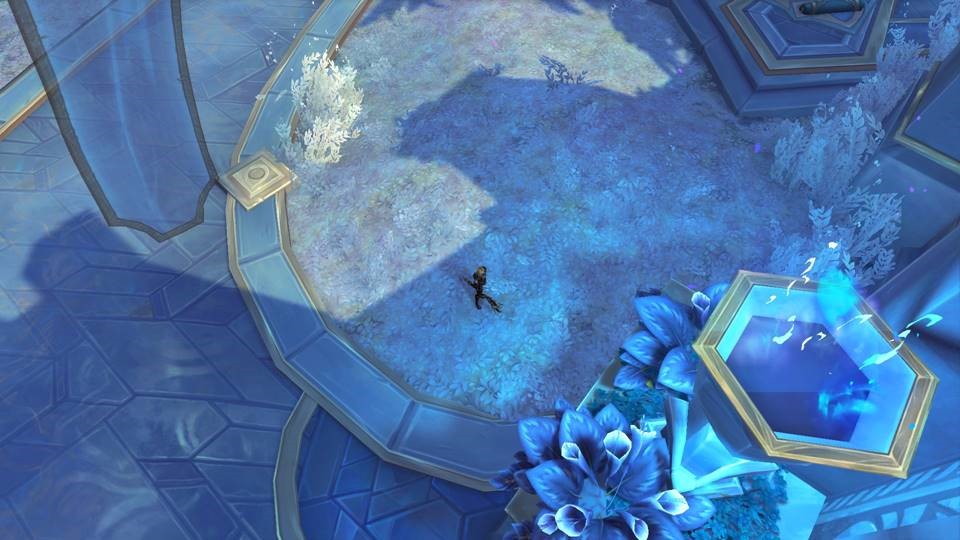The prospect of in-game ray tracing continues to remain nothing more than a dream for most gamers. Eventually, more will adopt newer hardware that specializes in rendering the fancy lighting, but the Vulkan API, developed by the Khronos Group, might just make that possible for some us even sooner. Better yet, the Vulkan API also works hand-in-hand with AMD ray tracing accelerators, meaning another big step towards wider ray tracing support.
The Vulkan API first introduced ray tracing extensions back in March 2020 for game developers to try out. Since then, the Khronos developers have tweaked the code to offer more convenience and ease of use. Today marks the official release of the ray tracing extensions, so you can expect to see developers take advantage of these tools in the future. You might need to be patient, but games like World of Warcraft: Shadowlands will be early implementers.
In the official release describes the Vulkan API ray tracing extensions as “the industry’s first open, cross-vendor, cross-platform standard for ray tracing acceleration – and can be deployed either using existing GPU compute or dedicated ray tracing cores.” The Vulkan, GLSL and SPIR-V extension specifications also seamlessly integrate ray tracing into the existing Vulkan framework, which will make it easy to adopt. We might even see more ray tracing updates on games that have already released.

A general example of ray tracing implementation in Fortnite. Pictured is DX12 Ultimate.
While today marks the official release for the extensions, Khronos noted that additional ecosystem components will be updated. These will eventually culminate in the release of the Vulkan SDK (1.2.162.0 or later) with Khronos Vulkan Ray Tracing support in mid-December. Again, these changes are still taking place, so it will be a while before the API matures and sees increased adoption by game developers. It’s certainly exciting to see the groundwork being laid though.
New ways to see rays
Just like with Nvidia’s RTX and DirectX 12 ray tracing, Vulkan applies to reflections, shadows, ambient occlusion, and global illumination among other effects. Given the popularity of Vulkan, this will be something that many gamers will end up using. While this news is quite technical and not as exciting as a flashy gameplay trailer, it is still important to understand.

Certain games like Cyberpunk 2077 show off the clear benefits of ray tracing. DX12 Ultimate is pictured here again.
Since this is open source and doesn’t require proprietary hardware, it will be good for those who still have GTX 10 Series and Radeon 5000 Series GPUs, though technically older cards can try out ray tracing too. Don’t get your hopes up too high though. Ray tracing performance without dedicated ray tracing cores won’t be great. Still, it’s nice to have the option. You might be able to take it for a spin on lower resolutions if one of your favorite games adds it.
Nvidia has drivers already for the new extensions, while AMD just has limited beta support. It’s also worth noting that Intel will get into the game sometime in 2021. You can try these drivers out if you’re feeling adventurous, but you might be hard-pressed to find a game that supports it at the moment.







Published: Nov 23, 2020 10:30 pm